The warm golden light of late afternoon filters through the hive entrance as a forager bee returns from her expedition. Her abdomen sways with purpose as she begins a peculiar series of movements that will soon have the entire hive buzzing with activity. This is no random display – it's one of nature's most sophisticated communication systems, a dance language that has evolved over millions of years to perfection.
Karl von Frisch, the Austrian ethologist who first decoded this phenomenon in the 1940s, spent decades observing honeybees before understanding their complex signaling. What appeared as simple repetitive movements to untrained eyes revealed itself as an intricate spatial language capable of conveying precise navigational information. The discovery earned von Frisch a Nobel Prize and forever changed our understanding of insect intelligence.
The waggle dance represents the most elaborate form of this communication. When a scout discovers a rich nectar source, she returns to perform this distinctive figure-eight movement on the vertical honeycomb surface. The duration of her central "waggle" phase corresponds precisely to the distance of the food source – about one second per kilometer. Even more remarkably, the angle of her waggle run relative to gravity indicates the direction to the target relative to the sun's position.
Scientists have measured the astonishing accuracy of these directions. On overcast days when the sun isn't visible, bees compensate by reading polarized light patterns in the sky. Their internal clocks account for the sun's movement throughout the day, automatically adjusting their directional references. This celestial navigation system puts most human orienteering skills to shame.
Round dances serve a different purpose. Used for nearby food sources within about 50 meters of the hive, these circular movements excite other workers without specifying exact coordinates. The scent clinging to the dancer's body provides additional clues about which flowers to seek. Observers will often touch their antennae to the dancer's body, tasting samples of the nectar and memorizing the floral scent profile.
The hive's architecture plays a crucial role in this communication. Worker bees construct honeycombs with precise vertical orientation, creating the essential reference plane for gravity-based directional information. The comb's dense clustering of bees helps transmit vibrations through the wax substrate, allowing even bees not directly observing the dance to detect its rhythmic patterns.
Recent research using high-speed cameras and vibration sensors has revealed additional layers of complexity. Dancers produce pulsed sounds by vibrating their wings at about 250 Hz during the waggle phase. These brief buzzes, lasting just milliseconds, help attract attention and may provide supplementary information. The temperature of the dancer's thorax also fluctuates in patterns that other bees can detect through infrared sensing.
Different honeybee subspecies have developed regional "dialects" in their dance language. The Himalayan honeybee (Apis laboriosa), for instance, uses longer waggle durations for the same distances compared to European honeybees. These variations likely evolved to suit different foraging ranges and terrain types in their native habitats.
The learning curve for this language is steep. Young bees initially follow experienced dancers, gradually learning to interpret the movements before attempting their own dances. Mistakes are common during this apprenticeship phase – a fascinating parallel to how human children acquire language through imitation and correction.
This communication system isn't limited to food sources. Scout bees searching for new hive locations perform similar dances to debate potential sites. The vigor and duration of their dances reflect the quality of each option. Over time, as more scouts visit and approve a particular location, their collective "votes" through dancing lead the swarm to consensus – a remarkable example of distributed decision-making.
Modern technology has allowed scientists to test the limits of bee navigation. Researchers have transported bees through dark tunnels to eliminate inertial navigation cues, placed them in artificial gravity environments, and even taken them aboard spacecraft. The results consistently show that bees can recalibrate their dances based on available cues, demonstrating extraordinary cognitive flexibility.
Agricultural applications of this knowledge are already emerging. Some beekeepers now use waggle dance decoding to monitor where their colonies forage, helping identify pesticide risks or optimal hive placements. Conservationists employ similar methods to assess whether bees are accessing diverse floral resources in protected habitats.
The dance language's efficiency is staggering. A single successful forager can recruit dozens of workers to a productive flower patch within minutes. This rapid information sharing allows the colony to dynamically allocate its workforce where needed most – a lesson in resource management that human organizations might well study.
As we face global pollinator declines, understanding these sophisticated behaviors becomes increasingly urgent. The humble honeybee's dance language represents not just a biological curiosity, but a vital key to maintaining ecosystems that feed our planet. Next time you see bees bustling among flowers, remember – each may be carrying not just pollen, but detailed instructions from a dancing sister back at the hive.

By /Aug 4, 2025
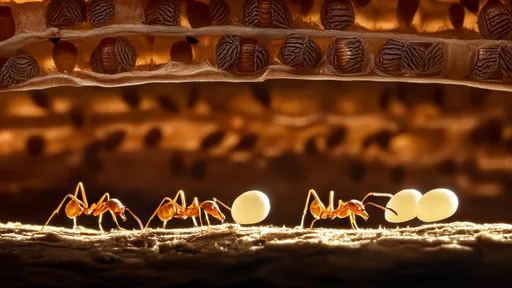
By /Aug 4, 2025

By /Aug 4, 2025
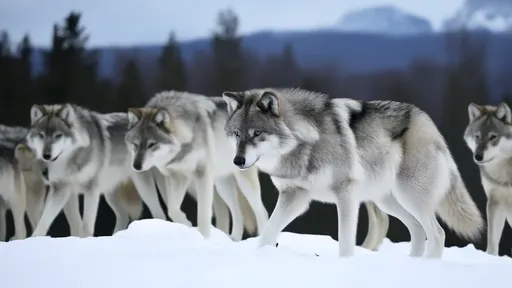
By /Aug 4, 2025

By /Aug 4, 2025
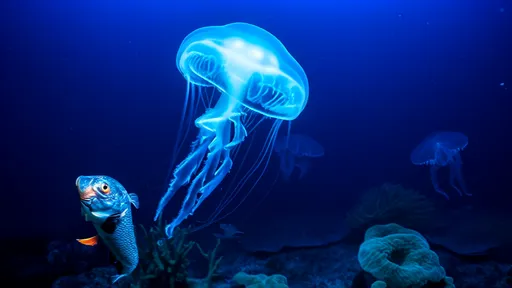
By /Aug 4, 2025
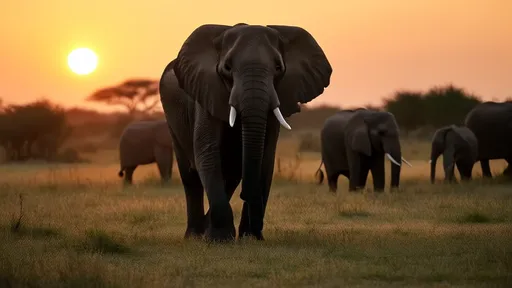
By /Aug 4, 2025
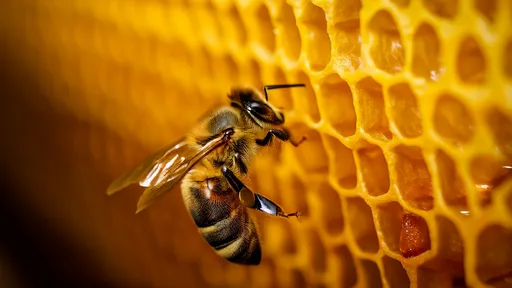
By /Aug 4, 2025

By /Aug 4, 2025
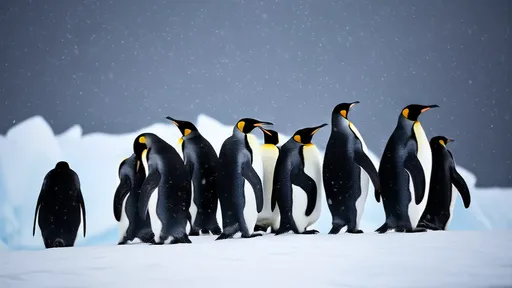
By /Aug 4, 2025
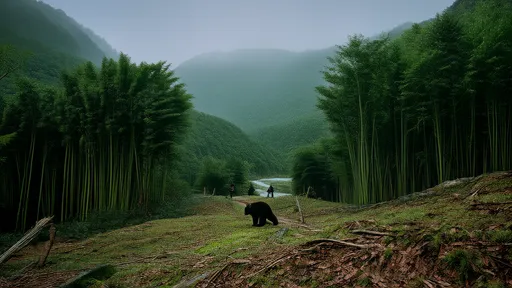
By /Aug 1, 2025

By /Aug 1, 2025

By /Aug 1, 2025

By /Aug 1, 2025
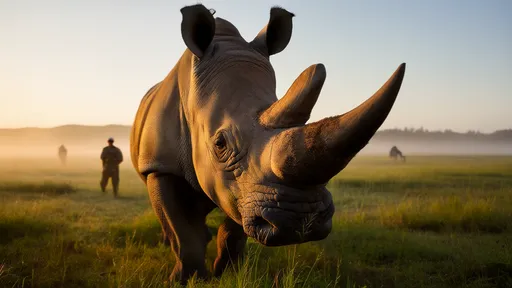
By /Aug 1, 2025
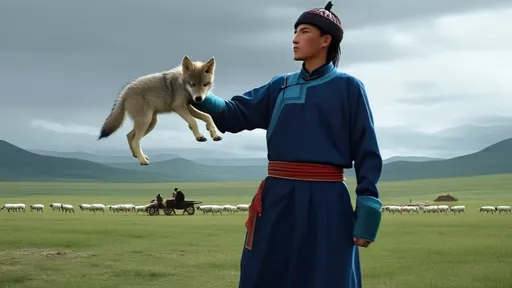
By /Aug 1, 2025
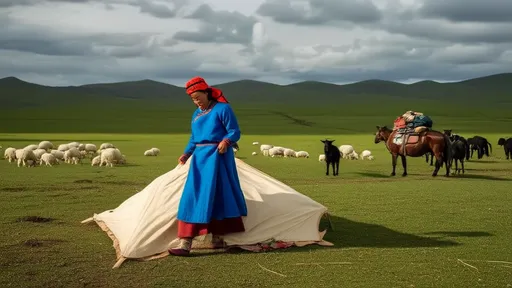
By /Aug 1, 2025
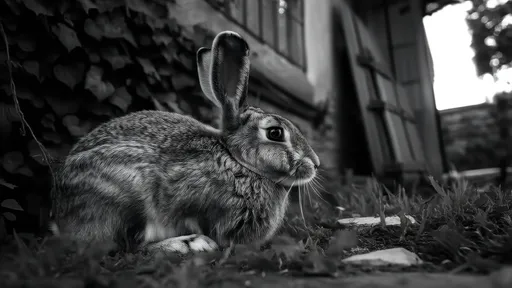
By /Aug 1, 2025

By /Aug 1, 2025

By /Aug 1, 2025